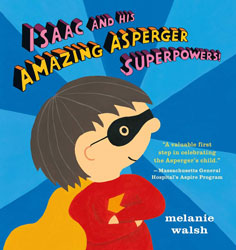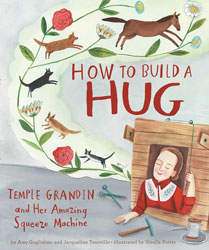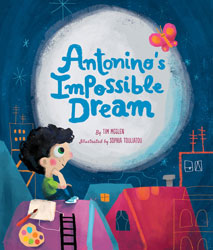If You’re So Smart, How Come You Can’t Spell Mississippi
By Barbara Esham, Illustrated by Mike and Carl Gordon

Katie is an eight‑year‑old third grader who observes a lot going on around her, including her classmate David, who one day accidentally shoots his lunchbox pudding snack all over the students, and Dad, who can’t help her practice spelling Mississippi for her upcoming test. Dad tells her he had to work extra hard while he was in school and still struggled, especially with spelling because of his dyslexia, which o read and spell. Katie remains perplexed how Dad, who is incredibly smart, could have a hard time reading and learning. He’s just like a classmate of hers, Mark Twingle. But Dad tells Katie some great scientists, doctors and inventors struggled with symptoms of dyslexia too. After researching some of them in her local library, Katie understands how tough and yet determined these great individuals were, and how invaluable empathy and support must have been for them in life. She promises herself to reach out to her classmate Mark.
Barbara Esham authors the Adventures of Every Day Geniuses series, geared at children, parents and educators who wish to explore “ideas and theories behind the definitions of intelligence, creativity, learning and success.” The series has won the Academics’ Choice Smart Book, Parents’ Choice and MOM’S Choice Awards. There is a useful information section on dyslexia at the end. Mike Gordon has illustrated many books, including the popular Do Princesses Wear Hiking Boots? series. Mike and his son Carl’s humorous illustrations of Katie, her sister and their world will have readers smiling. (Ages 6 and up)
Check Availability





